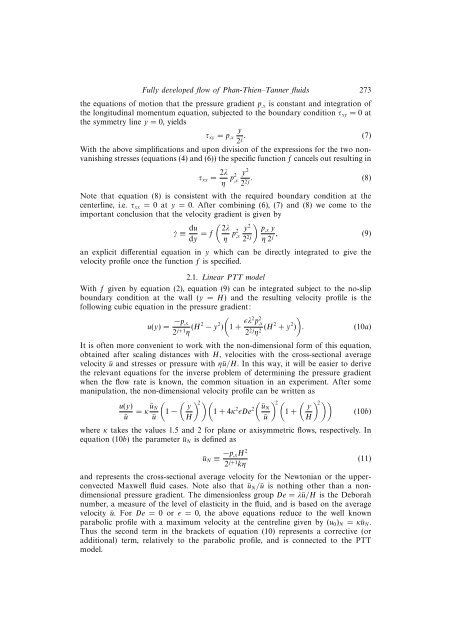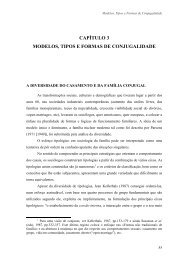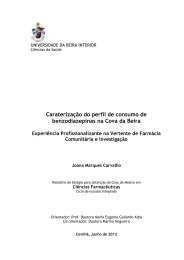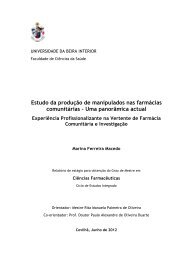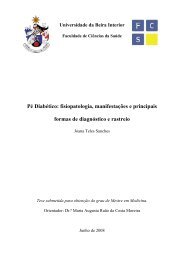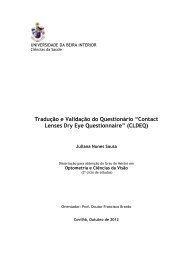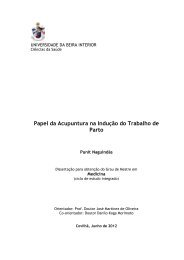Analytical solution for fully developed channel and pipe flow of Phan ...
Analytical solution for fully developed channel and pipe flow of Phan ...
Analytical solution for fully developed channel and pipe flow of Phan ...
- No tags were found...
Create successful ePaper yourself
Turn your PDF publications into a flip-book with our unique Google optimized e-Paper software.
Fully <strong>developed</strong> <strong>flow</strong> <strong>of</strong> <strong>Phan</strong>-Thien–Tanner fluids 273the equations <strong>of</strong> motion that the pressure gradient p ,x is constant <strong>and</strong> integration <strong>of</strong>the longitudinal momentum equation, subjected to the boundary condition τ xy =0atthe symmetry line y = 0, yieldsyτ xy = p ,x2 . (7)jWith the above simplifications <strong>and</strong> upon division <strong>of</strong> the expressions <strong>for</strong> the two nonvanishingstresses (equations (4) <strong>and</strong> (6)) the specific function f cancels out resulting inτ xx = 2λ y 2η p2 ,x . (8)22j Note that equation (8) is consistent with the required boundary condition at thecenterline, i.e. τ xx =0aty = 0. After combining (6), (7) <strong>and</strong> (8) we come to theimportant conclusion that the velocity gradient is given by˙γ ≡ du ( ) 2λdy = f y 2 p,x yη p2 ,x2 2j η 2 , (9)jan explicit differential equation in y which can be directly integrated to give thevelocity pr<strong>of</strong>ile once the function f is specified.2.1. Linear PTT modelWith f given by equation (2), equation (9) can be integrated subject to the no-slipboundary condition at the wall (y = H) <strong>and</strong> the resulting velocity pr<strong>of</strong>ile is thefollowing cubic equation in the pressure gradient:()u(y) = −p ,x2 j+1 η (H2 − y 2 )1+ ɛλ2 p 2 ,x2 2j η 2 (H2 + y 2 ). (10a)It is <strong>of</strong>ten more convenient to work with the non-dimensional <strong>for</strong>m <strong>of</strong> this equation,obtained after scaling distances with H, velocities with the cross-sectional averagevelocity ū <strong>and</strong> stresses or pressure with ηū/H. In this way, it will be easier to derivethe relevant equations <strong>for</strong> the inverse problem <strong>of</strong> determining the pressure gradientwhen the <strong>flow</strong> rate is known, the common situation in an experiment. After somemanipulation, the non-dimensional velocity pr<strong>of</strong>ile can be written asu(y)ū= κūN ū(1 −( yH) 2 )(1+4κ 2 ɛDe 2 (ūNū) 2 (1+( yH) 2 ))(10b)where κ takes the values 1.5 <strong>and</strong> 2 <strong>for</strong> plane or axisymmetric <strong>flow</strong>s, respectively. Inequation (10b) the parameter ū N is defined asū N ≡ −p ,xH 2(11)2 j+1 kη<strong>and</strong> represents the cross-sectional average velocity <strong>for</strong> the Newtonian or the upperconvectedMaxwell fluid cases. Note also that ū N /ū is nothing other than a nondimensionalpressure gradient. The dimensionless group De = λū/H is the Deborahnumber, a measure <strong>of</strong> the level <strong>of</strong> elasticity in the fluid, <strong>and</strong> is based on the averagevelocity ū. ForDe =0orɛ = 0, the above equations reduce to the well knownparabolic pr<strong>of</strong>ile with a maximum velocity at the centreline given by (u 0 ) N = κū N .Thus the second term in the brackets <strong>of</strong> equation (10) represents a corrective (oradditional) term, relatively to the parabolic pr<strong>of</strong>ile, <strong>and</strong> is connected to the PTTmodel.


